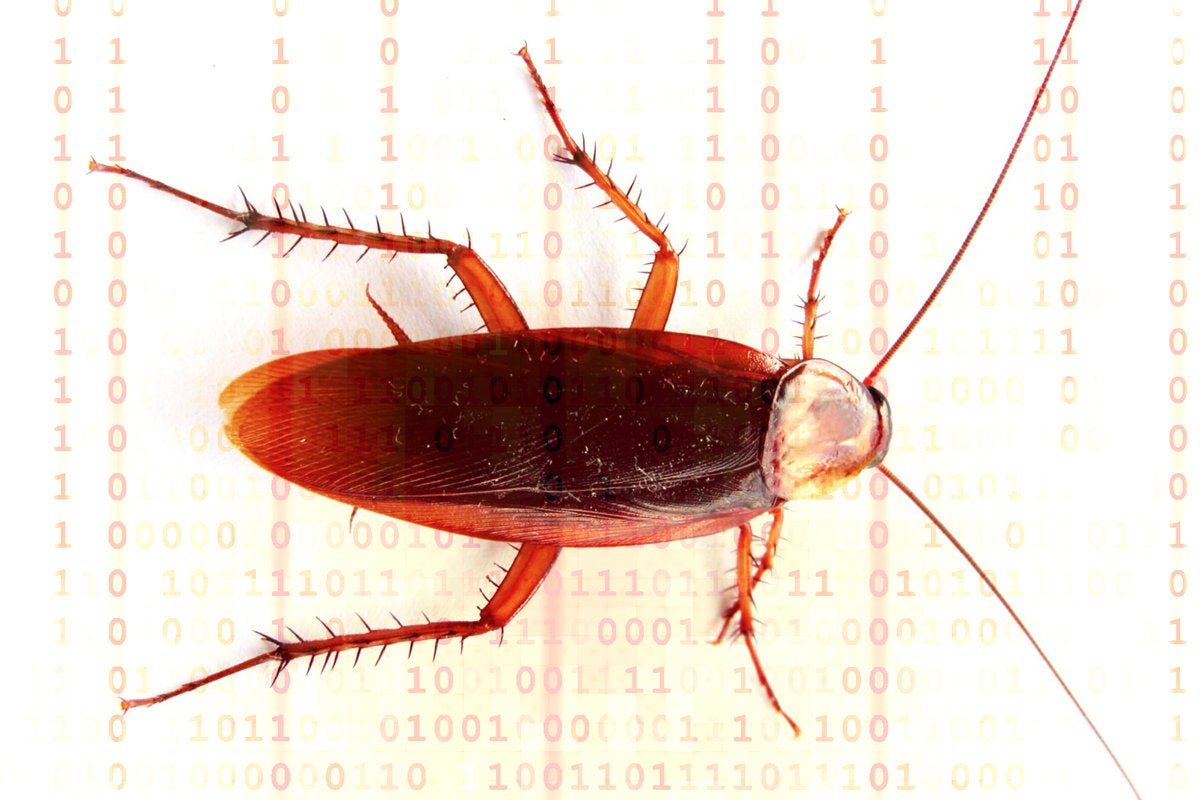Cockroach Labs, a company founded by ex-Googlers, on Tuesday said its open source, fault-tolerant distributed SQL database-as-a-service CockroachDB Dedicated would support Microsoft Azure and multiregion deployments.
With the addition of support for Microsoft Azure, CockroachDB Dedicated will now support all three major public cloud service providers, including Amazon Web Services and Google Cloud, the company said.
“Enterprises can choose between cloud providers or across multiple cloud providers and can easily mix workloads between their own data centers and public cloud providers,” Cockroach Labs said in a statement.
Availability across all the major public cloud service providers is a critical success factor for any cloud-based database management system (DBMS), according to IDC Research Vice President Carl Olofson.
“Enterprises like to standardize, when possible, on one DBMS for a given class of workload, and must deal with the fact that some teams are working on one public cloud platform, and others are working on others,” Olofson said.
“This move also completes the aim of CockroachDB to enable distribution of a database across regions and platforms, although in practice it is unlikely that many enterprises will actually distribute the same database across public cloud platforms,” Olofson added.
CockroachDB Serverless now supports multiregion deployments
In addition to running on Microsoft Azure, CockroachDB Serverless now supports multiregion deployments.
This update allows enterprise customers to distribute rows of data across multiple cloud regions, while still functioning as a single logical database and paying only for the exact storage and compute uses, the company said, adding that legacy database systems, typically, drive up enterprise costs when a new region is added.
Another advantage of multiregion support, according to the company, is that enterprises can build applications that “serve a globally dispersed user base at incredibly low cost and simpler operations, opening up a global audience to companies of any size.”
CockroachDB’s new ability to support multiregion deployments could be a boon for multinational enterprises as it has the ability to simplify global data operations by eliminating manual replication and sharding, according to Olofson.
“This feature also simplifies disaster recovery because the database deployment is not limited to a small number of cloud regions in a given geographic area. In such a case, disaster recovery is a non-issue, because if one region fails, the others carry on as if nothing happened,” Olofson said.
The update is also a departure from CockroachDB’s earlier operating norm that required an enterprise to have at least one server running in each region in order for that region to be actively participating in the database activity, Olofson added.
Extended migration capabilities
Cockroach Labs is also extending the migration capabilities offered via its database offerings along with other updates.
The new capabilities, according to the company, have been added to Cockroach Labs’ existing migrating tool Molt, which gets its name from the process of new growth in an insect’s lifecycle and also from a term for the formal training and onboarding process of new employees within a company (known as Model for Optimal Learning and Transfer).
The new tool inside Molt called Molt Verify validates migrated data from Postgres and MySQL to ensure correct replication and a smoother syntax conversion in bulk changes along with authentication of Postgres and MySQL clusters, the company said.
Last year in September, Cockroach Labs introduced Molt with features such as a new schema conversion tool that identifies and fixes incompatibilities between the source database and CockroachDB.
The extension of Molt’s capabilities, according to Olofson, can be seen as Cockroach Labs’ strategy to try and provide “headache-free” database migration from on-premises to the public cloud.
“Most cloud DBMS providers offer a database migration utility, and CockroachDB is no different. The reason is the same: users moving off an on-prem environment are at least considering migrating to another DBMS, but often reject the idea because the process is too long, too complicated, too costly, and can be error-prone,” Olofson said.
“We are also aware of users who have adopted a different DBMS in the public cloud but have been disappointed by their experience. Here again, a clean migration approach is attractive since it makes it easier to move to a DBMS more to their liking,” Olofson added.
Other updates include allowing developers to perform user-defined functions in the database, the availability of a Terraform provider to automate provisioning for CockroachDB’s dedicated and serverless editions, and a new cryptography standard (FIPS – 140-2) for self-hosted CockroachDB.






